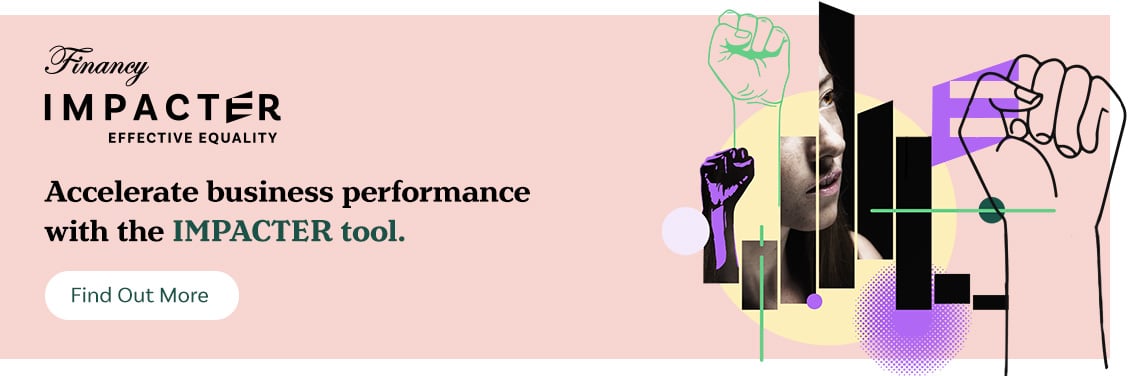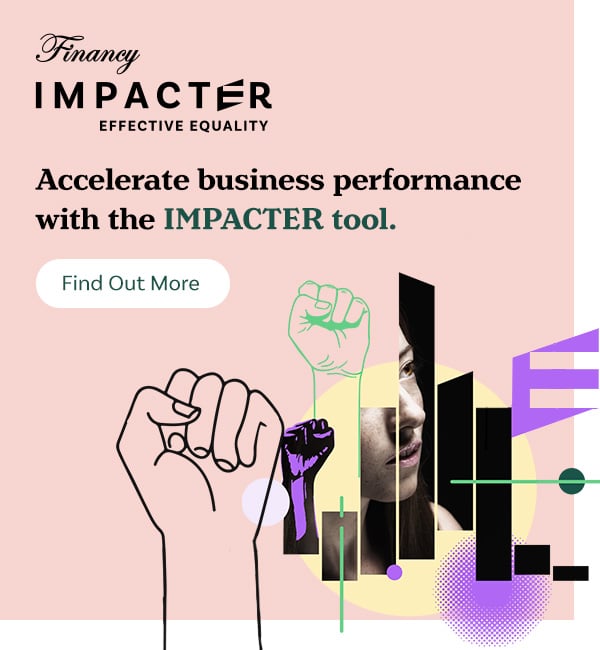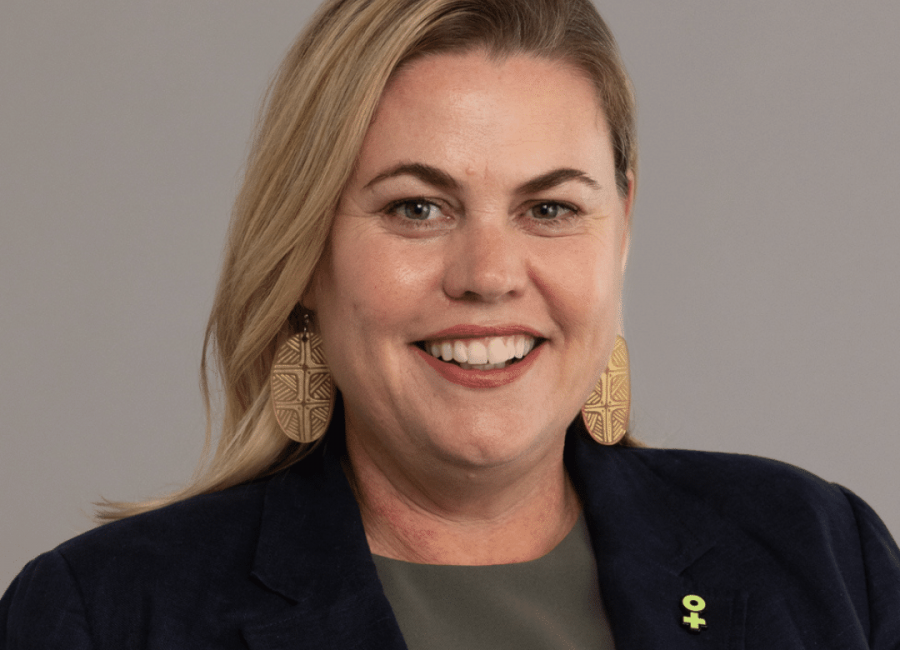Australia is witnessing a significant push in financial gender equality, marked by an acceleration in women’s representation on boards and positive employment gains, according to the latest Financy Women’s Index (FWX).
The index climbed to 77.92 points in the March quarter, up from 77.53 in December 2024.
The most substantial leap occurred in corporate leadership. The FWX ASX 200 Leadership sub-index reached 76.8 points, propelled by a 2% rise in women on ASX 200 boards to 38.4%. This progress has brought the forecast for gender parity on these boards down to just 4.9 years, compared to 5.3 years a year ago.
“These results show that Australia is on track to reach equality on ASX 200 boards by 2030—a historic milestone for gender equality as one of the first widely campaigned and actioned areas closes in on parity,” said Bianca Hartge-Hazelman, Founder of Financy.
This trend extends further, with the ASX 300 reaching 37% female board representation, nearly doubling in a decade. Political representation has also seen women’s numbers nearly double since 2002.
“The recent federal election results were so significant for women that we are now teetering on the precipice of gender equality (in this area) and Women for Election are proud to have played a role in that,” noted Licia Heath, CEO of Women for Election.
Employment Gains Amidst Persistent Gaps
Employment figures also showed positive signs, with the FWX Employment sub-index rising to 74.4 points. Female employment growth (0.2% gain in monthly hours) outstripped males (-1% fall), and female underemployment dropped to 7.21%.
However, significant challenges persist. The gender pay gap stands at 11.9%, and progress in Unpaid Work and Education remains slow. Equality in education attainment linked to career earnings is still an estimated 348.6 years away.
Underscoring the need to bridge these gaps, particularly through financial empowerment, NGS Super CEO Natalie Previtera said: “You don’t need to be a Chief Financial Officer to speak the language of money – but you do need to speak it to shape the decisions that matter both in your personal life and beyond.”
“Financial fluency is often the unspoken language of power,” Ms. Previtera continued. “And when access to that fluency isn’t equal – through education, encouragement or opportunity – influence isn’t equal either. But this isn’t just a leadership issue – it’s a life issue. From pay to super to investment, financial fluency shapes the choices women can make at every stage”.
Dr Xin Deng, a researcher from the University of South Australia’s Centre for Workplace Excellence (CWeX), which partnered with Financy, offered both optimism and caution: “I’m pleased to see a significant improvement in gender equity in corporate boards. Research has shown that more women in leadership roles is pivotal in promoting gender equity… through influencing corporate culture and the trickle-down effect”. However, regarding employment, Dr Deng added, “I’m more cautious… On one hand, the improvement is consistent with the significant expansion of the care economy… we know that women tend to work in the relatively low-paying jobs in these industries. On the other hand, those numbers tend to fluctuate on a quarterly basis”.
A Call for ‘Hardwired’ Equality
In response to both progress and persistent hurdles, the Financy Women’s Index proposes an “Evidence-Based Wish List for Labor’s Next Term” to embed gender equity.
Dr Shane Oliver, Chief Economist at AMP, endorsed the need for proactive measures: “It’s critically important that we do all we can now to make sure that gender equity becomes a normal part of our society and that everyone is brought along on the journey – including boys and young men – so that no one feels left behind, leaving progress vulnerable to a backlash”. He added, “The latest Financy Women’s Index shows welcome further progress… But there is still a long way to go and the US experience with its backlash against diversity, equity and inclusion highlights that we can’t be complacent. This ‘Evidence-Based Wish List…’ includes reforms that aim to accelerate progress and ensure lasting change”.
Evidence-Based Wish List Highlights:
- Engaging Men: A national strategy to educate men and boys on equality benefits.
- Gender Budgeting: A legislated National Gender Responsive Budgeting Act.
- Pay Equity: A National Pay Equity and Transparency Act expanding reporting and enforcement.
- Parental Leave: An Expanded Paid Parental Leave Act (52 shared weeks with super).
- Valuing Care: A National Strategy to value unpaid care, including a “Care Economy Taskforce”.
Timeframes to Equality:
- ASX 200 Boards: 4.9 years
- Superannuation: 17.7 years
- Underemployment Rate: 22.2 years
- Employment: 24.4 years
- Unpaid Work: 42.4 years
- Education: 348.6 years
To download your copy of the Financy Women’s Index, visit this link.













